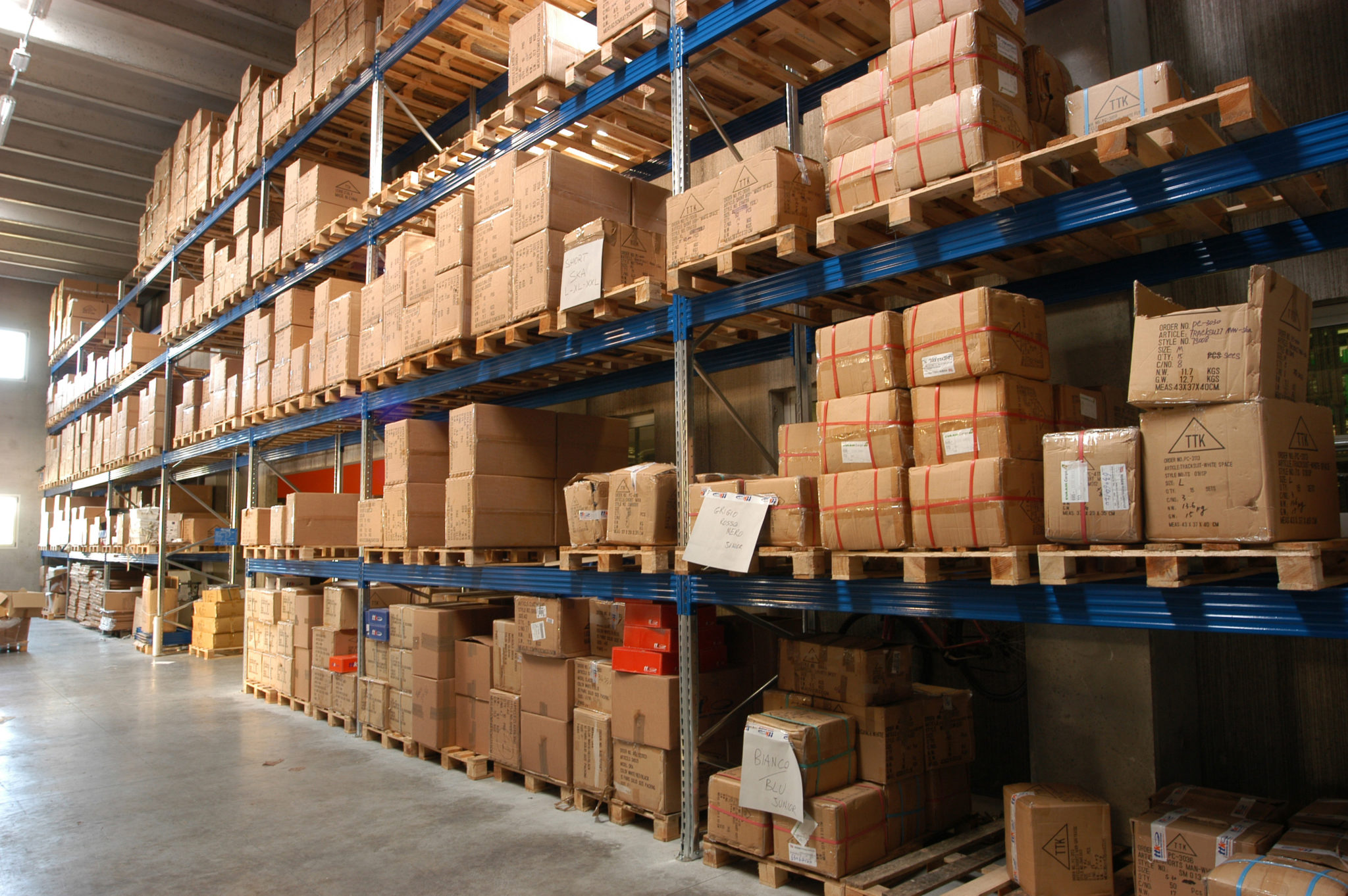Towering stacks of inventory. Neglected boxes. Poor stock rotation. These three ingredients make for an unorganized stockroom that puts your store at risk for pest infestations. Cluttered and unorganized stockrooms can complicate inspection efforts and attract rodents, cockroaches and other pests. These pests can carry and transmit diseases that pose a direct health threat to your customers and employees by contaminating products and surfaces. Its critical to be on top of your commercial pest control to keep your business running smoothly.
Focusing on What the Customer Can’t See
Often, sanitation efforts are most heavily focused on what the customers can see – the sales floor. However, a clean and well-maintained stockroom is equally important as a clean sales floor. It is crucial to schedule regular surface cleaning and periodic deep cleaning for your stockroom or backroom. There are a few specific ways to make this happen:
- Keep a system in place to effectively organize products and eliminate trash and recycling.
- Perfect your approach to storage and removal of damaged products. It is important to remove damaged or expired products in a timely manner. Items stored past date are susceptible to stored product pests like Indianmeal moths and cigarette beetles.
Stockroom Organization
Additionally, there are specific ways to set up your stockroom that will aid in pest prevention efforts. First, store product and boxes at least 18 inches away from the wall to allow an inspection lane for your pest management provider. Second, do not store anything directly on the floor, but instead on shelving or pallets. Keeping these areas open will allow for problems to be identified early on. Last, consider your stock rotation. Stored product pests can find their way into undisturbed food products to feed and breed. Many of these pests can then fly and move from old products to those going out to the sales floor.
Steps To Take for Pest Prevention
- Remove clutter. Cockroaches prefer cardboard over almost any other type of harborage. Areas cluttered with unused cardboard are extremely vulnerable. Be sure to flatten and recycle any unused boxes.
- Train employees on the importance of reporting pest evidence to management or the pest management provider.
- Inspect incoming products and pallets as they are removed from the delivery truck for any pests or pest evidence. Examples of pest evidence to look for include product damage, rat or mouse droppings, live or dead insects under the shrink wrap, nests, etc.
- Practice the First In, First Out method of stock rotation, to reduce the number of past-date products.
- Keep exterior doors closed as much as possible.
- Affix pest-resistant sweeps or brushes on all doors with gaps.
- Inspect dock seals and dock levelers at least quarterly and allocate any necessary resources to repair deficiencies.
These steps can help you keep the cleanest stockroom possible. Well-planned and organized backrooms make it easy for your pest management provider to inspect and prevent pests.
If you have questions or would like to learn more about stockroom best practices, reach out to us!
Visit our YouTube channel to learn more pest management tips and how to prevent specific pests!

